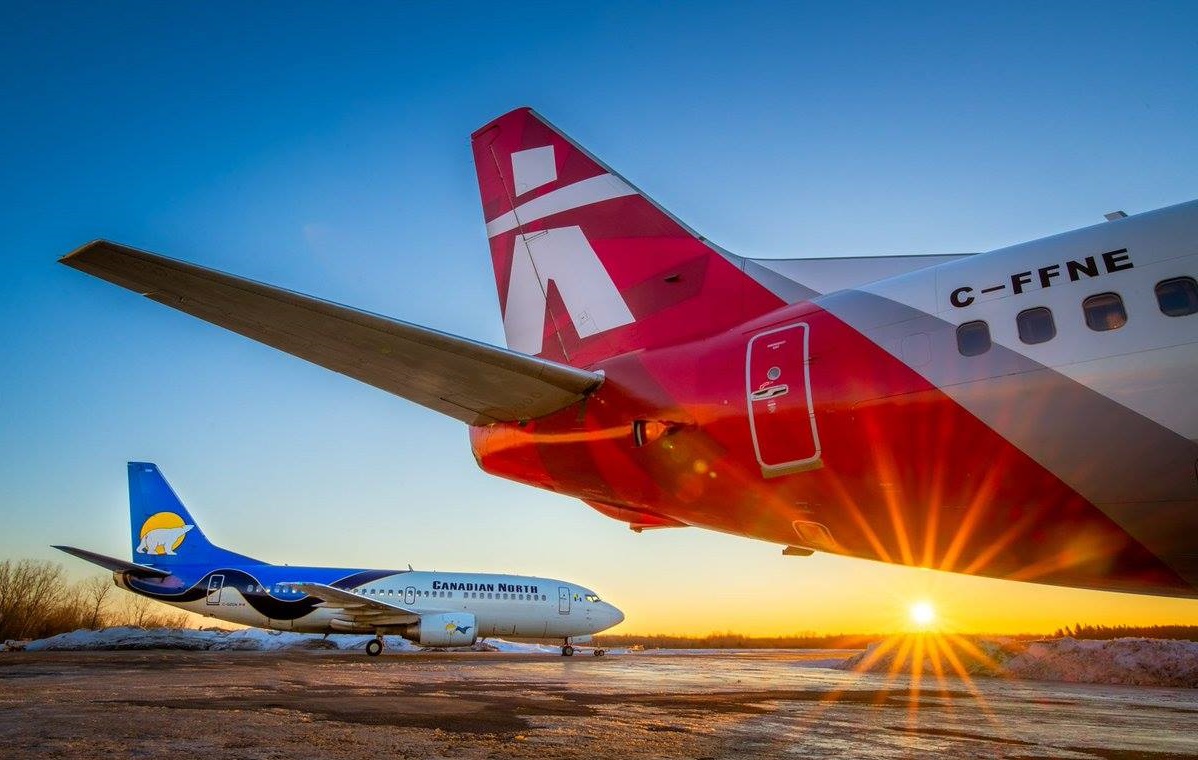Estimated reading time 5 minutes, 26 seconds.
First Air and Canadian North have received government approval to merge, subject to specific terms and conditions.
The deal, first announced on July 6, 2018, was formally approved on June 19, 2019 – but the process has been far from routine.

Last November, as part of the regulatory approvals process, Transport Minister Marc Garneau initiated a public interest review, which included an evaluation by the Commissioner of Competition.
In late February, Canada’s Competition Bureau informed the government that the merger, as proposed at the time, would likely result in decreased competition and reduced air services in Nunavut and the Northwest Territories.
“In most of the affected areas, the proposed transaction represents a merger-to-monopoly,” read a media brief published by the Bureau on Feb. 26. “The effects of the transaction are likely to include reductions in passenger and cargo capacity, increases in price, and reductions in flight schedules.”
First Air parent company Makivik Corporation and Canadian North owner Inuvialuit Regional Corporation immediately responded, saying the Bureau’s “artificially restricted findings in this matter are of limited value and suggest a superficial understanding of the Inuit organizations proposing this solution for sustainable northern transportation.”
The companies said the Competition Bureau failed to consider the efficiencies presented by the proposed merger, specifically financial and non-financial benefits for northerners. In addition, the airline operators said a merger is critical to sustaining air travel to the North and relieving “the substantial financial burden currently shouldered by Inuit Land Claim Organization owners.”
They urged Garneau to evaluate the merger “holistically,” keeping in mind the needs of northern residents while respecting the proposed “Inuit-led” solution.
Then, on April 3, Garneau announced a change to the process for approving joint ventures between airlines.
Whereas previously only the Competition Bureau had reviewed such deals, the Minister of Transport would now hold the authority to authorize “a proposed joint venture that would be in the public interest by balancing those interests with impacts on competition.”
In announcing the merger approval on June 19, a government press release said the authorization came following a public interest assessment led by Garneau and incorporating the Competition Bureau findings.
As such, the deal was approved with terms and conditions that strike “a balance between any public interest considerations and the need to have a more efficient and financially stable northern air carrier.”
The terms and conditions include:
- No price increases for both passenger travel and cargo delivery beyond those related to operating costs;
- No reductions to the weekly schedule options on all routes of the airlines’ combined network;
- Access to northern infrastructure (facilities and equipment) for new airlines entering the market;
- A commitment to increasing Inuit representation across the merged entity’s operations; and
- Several transparency and accountability measures, such as providing quarterly financial updates and yearly financial statements to the Minister.
The terms and conditions also ensure that items such as nutritious food and essential medical supplies are prioritized for cargo transportation in the North. A confidential Implementation and Monitoring Agreement to be signed between the Minister of Transport and the parent companies of the two merging airlines will ensure compliance with the terms and conditions.
“We carefully examined the public interest, financial and competition aspects of the proposed merger,” said Garneau in a press release. “A strong, financially stable northern air carrier, taking advantage of operating and network efficiencies of a merger, will best serve the North by leading to greater reliability of service as well as environmental sustainability. The strict terms and conditions will keep costs low and ensure northern and remote communities have the access they deserve, while at the same time protecting northern jobs.”
Makivik Corporation and the Inuvialuit Regional Corporation released a statement saying the approval represents “a victory for all Northerners.”
“This is good news,” said Charlie Watt Sr., Makivik president. “In 1990, we bought a troubled airline, First Air, and made it sustainable. At the time, we promised to create an airline owned by all of the Inuit of Canada and we are now much closer to making that a reality.”
The airlines promised no degradation of service during the merger process and after its completion.
The new Pan-Arctic airline will operate under the name “Canadian North” and aircraft will use the First Air livery, featuring its Inukshuk logo.
Headquarters for the merged airline will be located in Ottawa.








